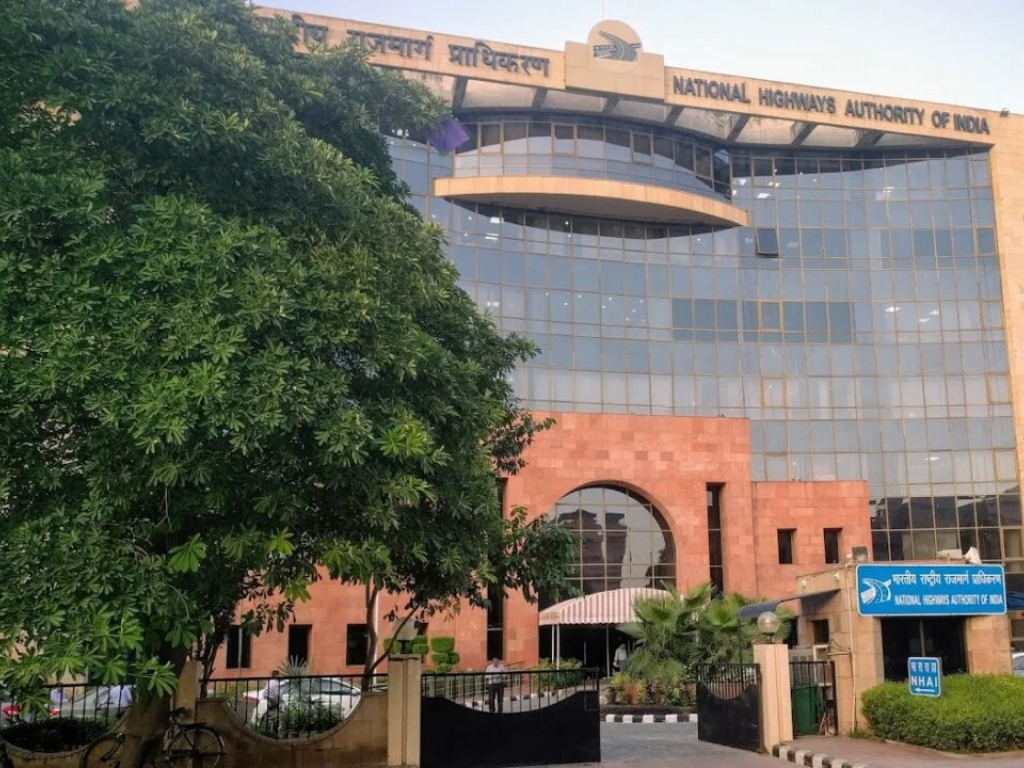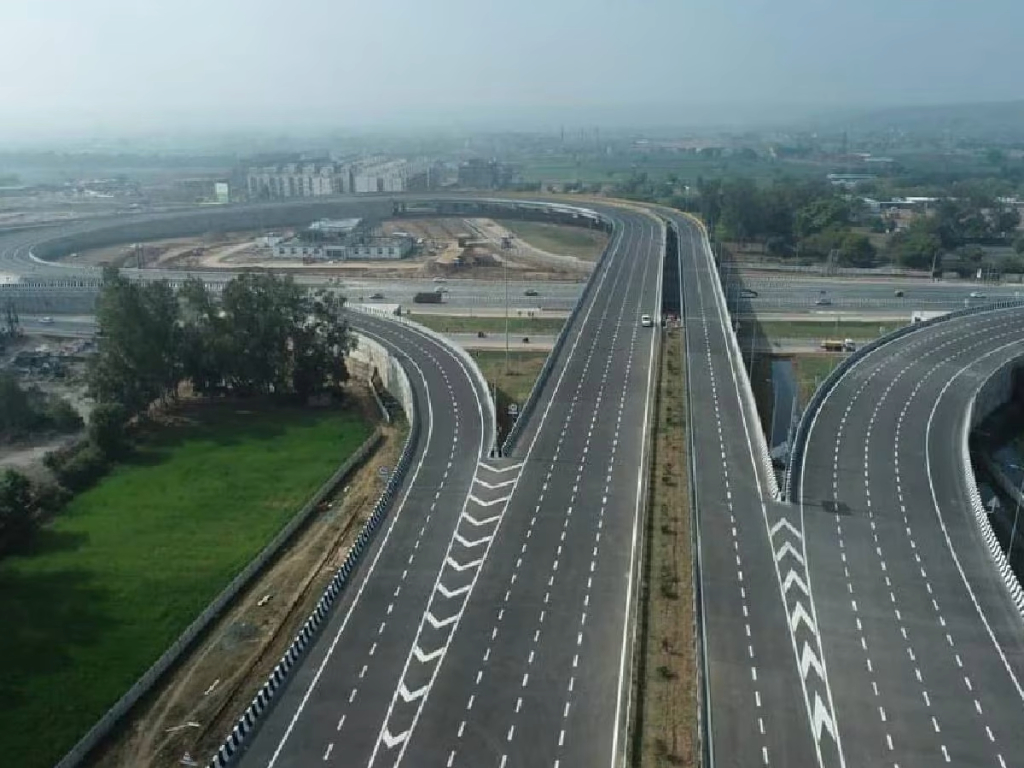
The Ministry Of Road Transport & Highways Aim To Use Data-Driven Approach To Future Infra-Planning, Without Harming Current Infrastructure
The Ministry of Road Transport and Highways is on a mission to establish key infrastructure projects under the umbrella of Vision 2047. This includes work on projects that will provide infrastructure and impact our lives through initiatives like Bharatmala Pariyojana. As outlined by Minister of Road Transport and Highways Nitin Gadkari, let’s take a closer look at how the ministry aims to develop the projects using data-driven models.
How Does The Process Work?
To maximise Vision 2047, the ministry has adopted a data-driven approach. This aims to map the areas of the country and build road and highway infrastructure in crucial areas under the PM Gati Shakti Yojana.
The data will be collected through analysing toll transactions, rail freight loading, understanding existing transportation capacity, etc. This data will be used to forecast future traffic demands, concerning private, commercial and freight movement, and develop relevant infrastructure accordingly for the next 25 years. Through the comparison between projected traffic volumes and current volumes, the ministry can identify probable bottlenecks and potentially eliminate them.
The elimination process will happen by creating corridors to alleviate congestion and optimally improve logistical efficiency, maintaining regional interests and inclusive development. These projects are analysed in the Pre pre-planning stage to ensure maximum alignment and minimal interference with existing developments.
History & Future Projections Of Road Infrastructure Development
Among many initiatives, the MoRTH has pushed for major highway construction. The National Highway network has grown by 60%, from 91,287 km to 1,46,195 km, between 2014 and 2024. However, in terms of mobilising the existing corridors for the future, India is planning to create 50,000 km of high-speed corridors by 2036-37. The projections state a total length of 2,00,000 km to 2,30,000 km.
There are also initiatives to create 73 Multi-Modal Logistics Parks to facilitate modal shifts to other forms of transport and reduce logistical costs. Currently, the government has awarded 6 MMLPs which include Jogighopa, Chennai, Indore, Bengaluru, Nagpur and Jalna.
The introduction of free-flow tolling technologies like the Global Navigation Satellite System and Automatic Number Plate Registration System have been planned, aiming for waiting time at toll booths to 0 seconds from the current average of 47 seconds.
Implementation Of Sustainable Development
It is important to take care of the environment in rapid development for convenience. The use of greenhouse gas emission materials like green concrete, bio bitumen and bamboo crash barriers. The highways are also getting 1000 saplings for every Km on national highways.
Currently, there is a solar generation project undertaken along the Bhatinda-Jamnagar Greenfield corridor.
There is also the promise of increasing tax refunds to 50%, tempting owners of unfit vehicles to switch to a road-worthy alternative. The government has scrapped 1,75,000 vehicles in 84 scrapping facilities to date.
Outlook
The Vision 2047 is an ambitious plan to revolutionise freight and transport corridors. However, it is important to implement the promises with an honest approach and eradicate corruption, ensuring proper mobilisation of the concerned road projects. These infrastructure projects aim to contribute a multiplier effect of 2.5 to 3 times the national GDP for every rupee spent.





